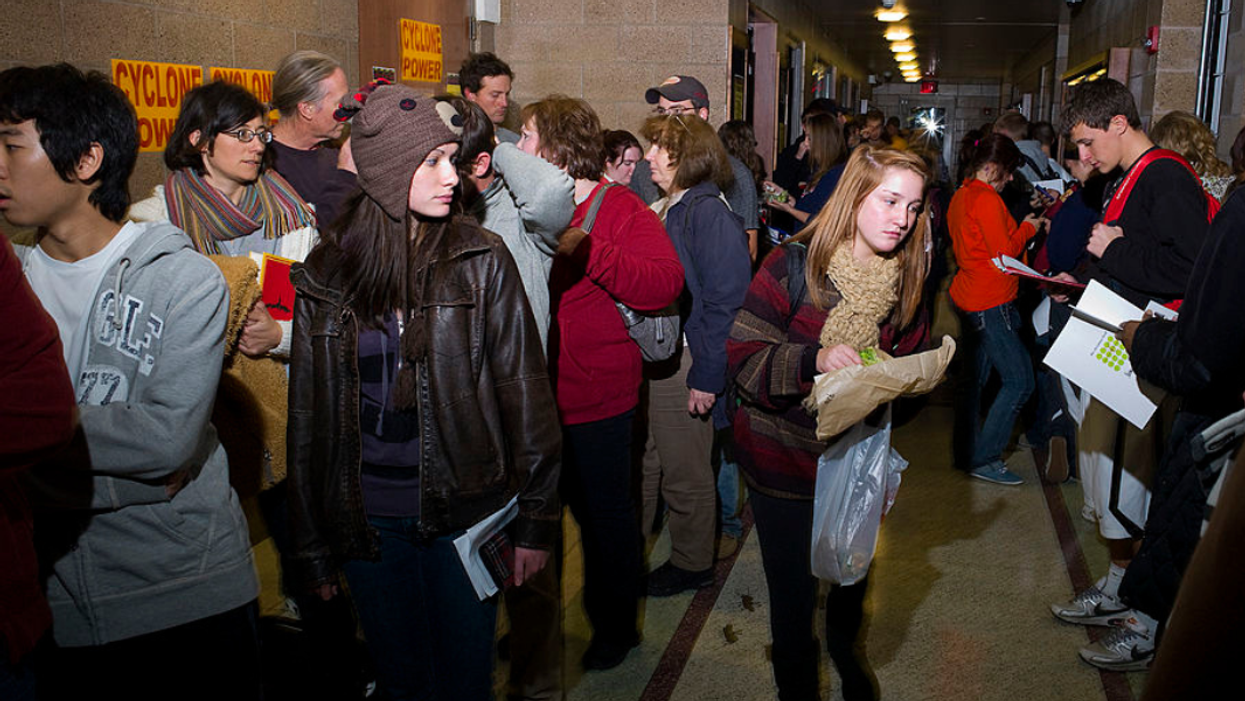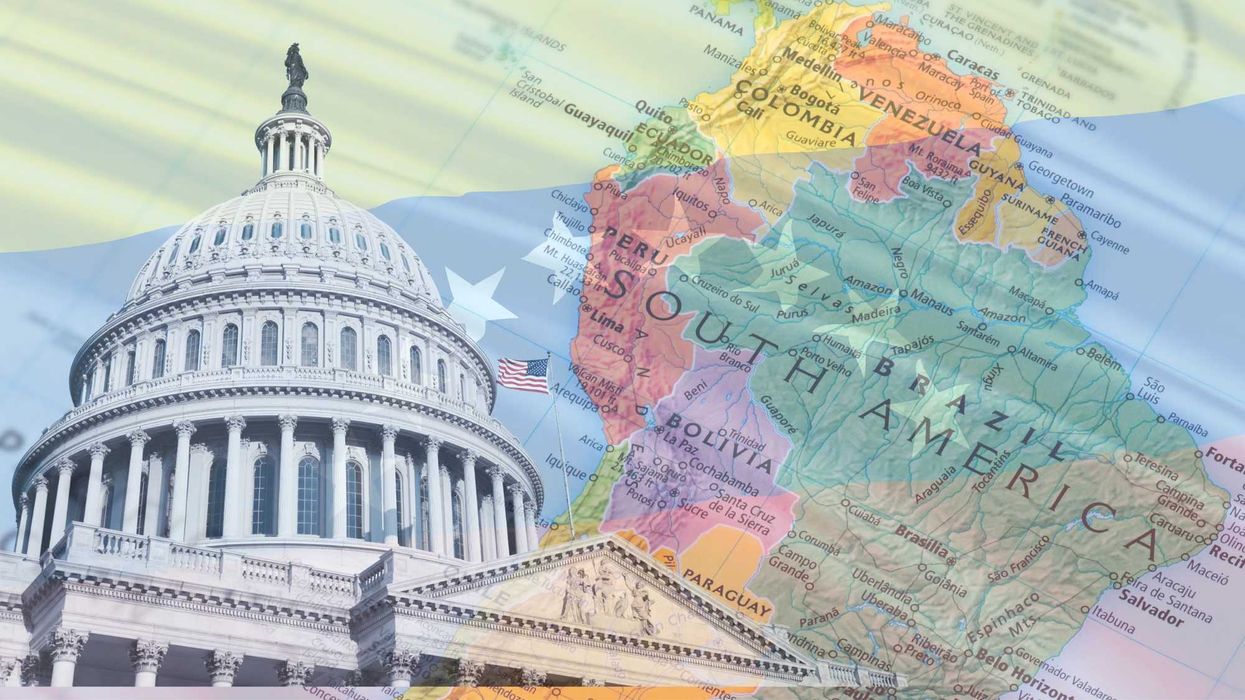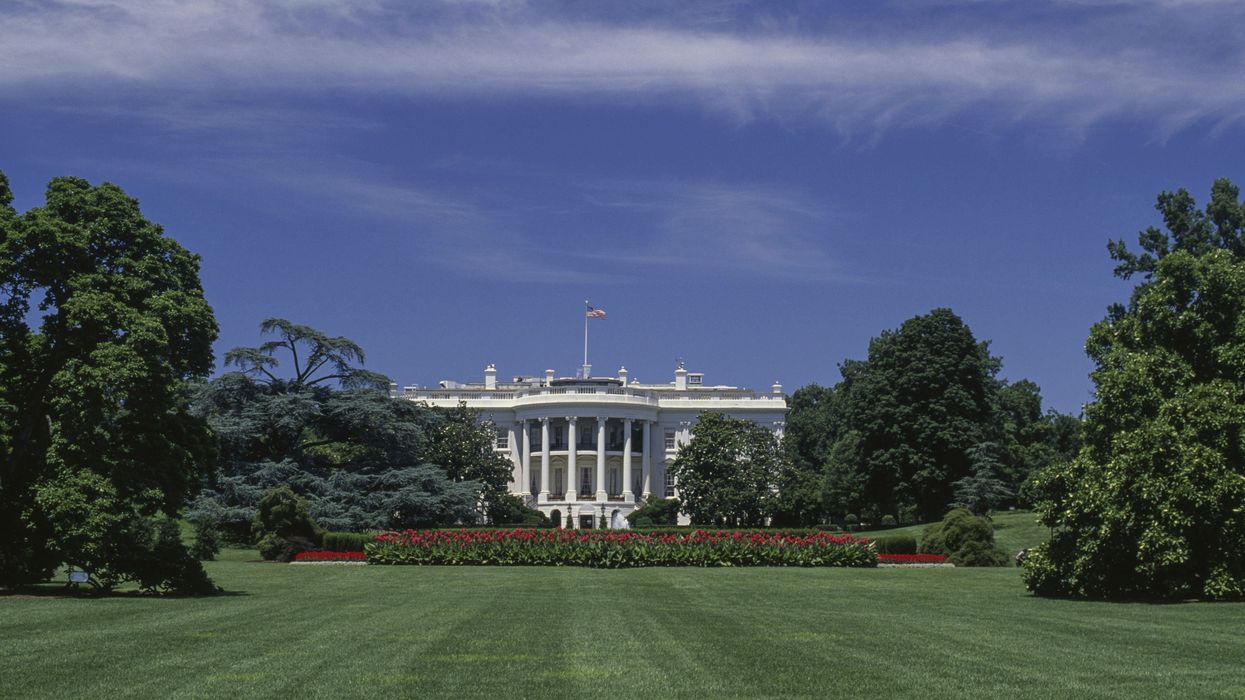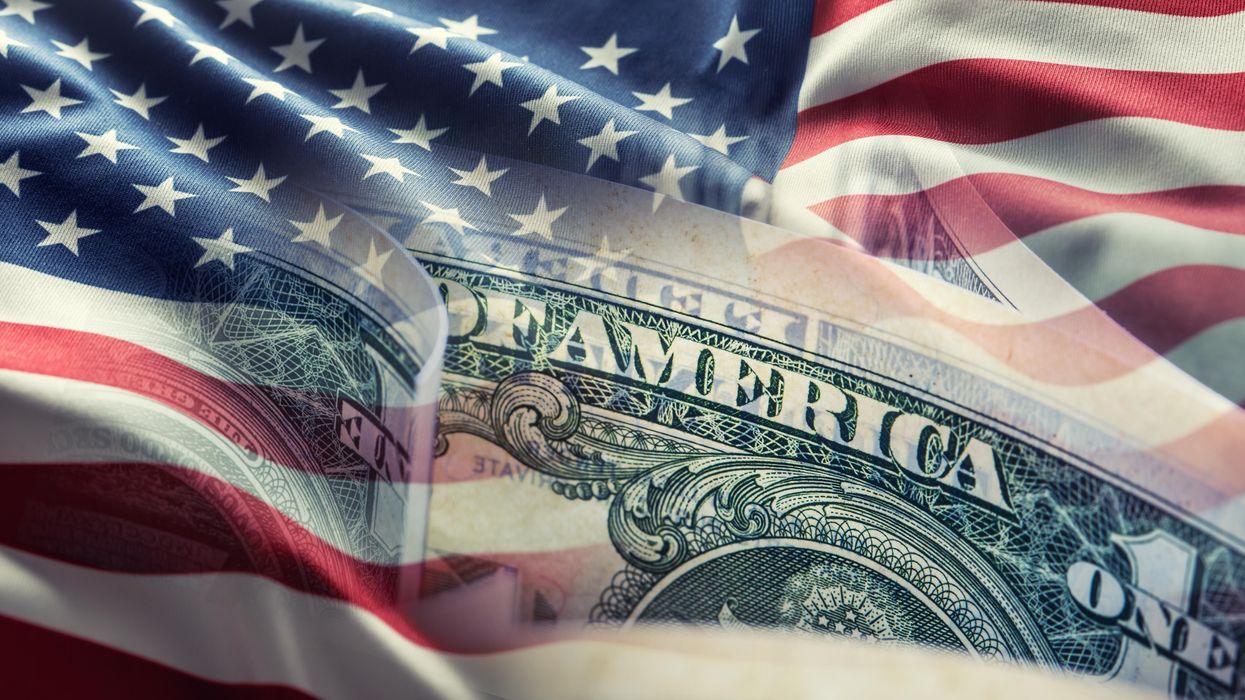Blankenship is an assistant professor of Psychology at James Madison University. His research focuses on the role of identity and stereotypes on the political engagement, belonging, and well-being of marginalized groups, specifically focusing on groups with concealable identities. He is also a member of the Scholars Strategy Network.
Many colleges, including James Madison University (JMU), are located in small, close-knit communities such as Harrisonburg, Virginia. These communities are essential to the character and identity of these colleges, and the colleges themselves form and shape their surrounding communities in important ways.
There are clear economic benefits that colleges provide to their host small towns. In fact, some have argued that creating a thriving university/college in the community is crucial to securing the future of rural communities in the future. However, after graduation, many college graduates relocate from their college home in pursuit of opportunities elsewhere. This void results in a lack of highly skilled workers who could potentially greatly further support the economic, social, and cultural development of these communities they are leaving behind. This problem, known as “brain drain,” has many root causes, with most stemming from a lack of connection that students have built with the area.
Enticing recent graduates from institutions such as JMU to want to stay in the area after their graduation is a multi-faceted problem that requires lots of different types of interventions, such as increased housing availability and encouraging employment opportunities for highly skilled workers. One other possible solution is to encourage college students to register to vote locally in their college communities, which can help foster emotional and social connections to the area, increasing the likelihood of retention.
Building Connections To Place Through Voting
Recent research has shown that students who vote locally have a stronger connection to their communities than those who do not vote at all, vote by mail in their hometowns, or travel back home to vote on election day. In my research, I have found that students who voted locally were much more likely to agree with statements like, "living in The Shenandoah Valley is important to how I see myself.” This suggests that voting locally can make students feel more connected to their communities and plant a seed for developing stronger connections, potentially leading to the decision to stay in the area after graduation.
Other research, such as a study by Jacobs and Munis (2019), similarly points to the power of place for affecting political engagement. Fostering local political engagement is probably not enough to foster these strong connections, but rather serves as a starting point that leads students to want to learn more about local issues, create a sense of investment in local businesses, schools, and nonprofits, as well as lead to a sense of identification with the community in more subtle ways (e.g. “I am a Harrisonburg citizen”), which research shows can be powerful in affecting future decisions, like deciding where to live.
College Students Are Not Politically Homogeneous
There are many stereotypes about college students and their political affiliations. However, research has shown that political divides are much more balanced than one might expect. In an in-process research study that I am conducting with JMU students, approximately half expressed interest in voting for Democrats, while the other half expressed interest in voting for Republicans. This matches with evidence from other sources, which show similar insights in their (unscientific) polling, that 30% of JMU students identified as Democrats, with similar numbers identified as Republicans (24%) and independents (29%). This roughly equal ideological spread also indicates that elected officials should be encouraged to support students voting locally, knowing that their fears about students voting them out of office are likely unfounded.
Encouraging College Students To Vote Locally
Encouraging college students to vote locally is both a policy and a messaging problem. Universities can play a role in encouraging students to register to vote locally by reframing their messaging to encourage students to register and vote locally in their college communities. JMU is a national model for encouraging student voting and leveraging their success toward these aims.
In terms of policy, the state could also intervene by passing laws that make it easier for students to register to vote in their college communities. For example, university housing offices and apartment complexes that are identified as leasing a large share of their apartments to students (e.g. those that lease by the room), could be compelled to share information with their residents annually about how to update their voter registration to their current address. Similarly, Virginia could implement laws that require state universities to ensure students update their forms of identification to match their local address on file with the university, to receive their student ID. Since student IDs can also be used as a form of identification for voting in Virginia, this would increase election security, while also providing an opportunity for students to easily update their voter registration while at the Department of Motor Vehicles, in accordance with the 1993 National Voter Registration Act (i.e. the “Motor Voter Act”).
Encouraging college students to vote locally can help build emotional and social connections to their college communities, which can then lead to a greater likelihood of them staying in the area after graduation. Such efforts and policies may lay the groundwork for building strong, stable, prosperous communities and increase the likelihood that local college alumni/ae will remain lifelong residents.
This writing was originally published through the Scholars Strategy Network.



















